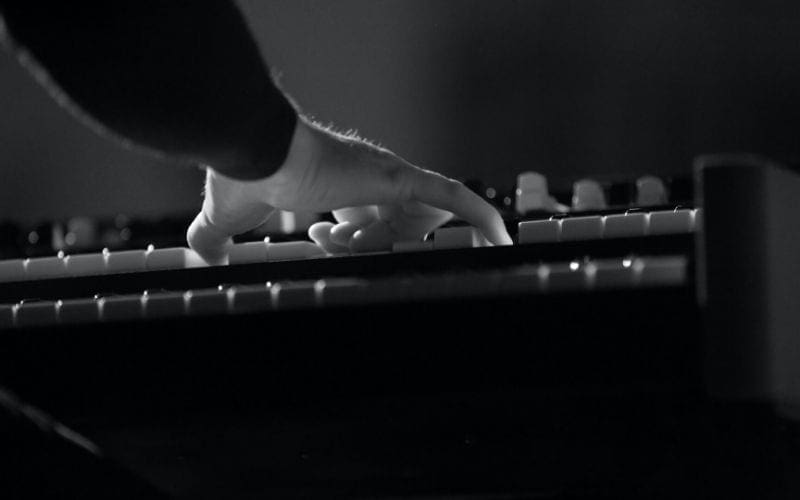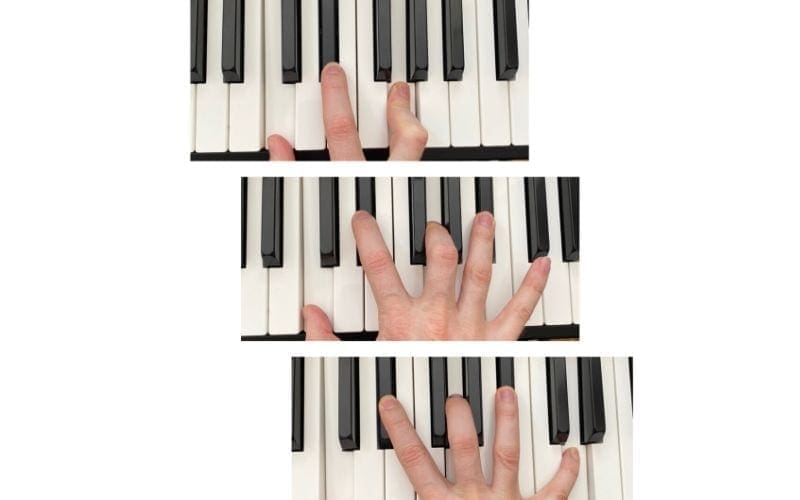
What Is Harmony In Music?
What is harmony in music you ask? The term ‘harmony’ is often a little puzzling – so let’s break it down. Alongside melody and rhythm, harmony makes up the songs that we know and love. Harmony is the composition of individual sounds, or combinations of sounds using simultaneously occurring frequencies, pitches or chords.
Harmony is the thing that adds ‘colour’ to the music, and takes music to the next level. Using it well will not only show that you know your craft, but will make it more interesting for your listeners (as long as you grasp the quality and understand what makes harmony so important for flavour). I will take you through some examples of interesting harmony, how it can be used, and how it can be seen in the music around you!
In Music, What Is Harmony & How You Can Use It
Harmony is a tool that can be used to create moods, add embellishments and interest to specific parts of music. To use a simple analogy, if a piece of music was a cake – harmonies would be a topping, or even the icing. For example: dissonant chords. A dissonant chord is simply a chord that uses the typical notes (for example, a C Chord consisting of C, E and G) with another note or notes added that doesn’t fit in this chord. This can create an eerie, clashing feel that would work for dark subject matters, or songs wanting to evoke a stronger reaction. Changing around intervals and playing with chords can completely change the intention. A consonant chord, however, sounds pleasing and predictable to the listener.
Implied Harmony
There are other elements to harmony that you can utilise when writing music – for example, implied harmony. This is popular in Jazz music, and is essentially where the listener’s ear will fill in the music. For example, let’s take a C7 chord consisting of C, E, G and B. If there were 2 musicians playing, all of the notes within the chord can’t be played. Instead of choosing the predictable root and 5th, the two instrumentalists could play the 3rd and the dominant 7th (G and B). Maybe a bassist could play the root C note to underpin the chord. Essentially, the listener’s innate understanding of harmony will fill in the gaps for them.
Diatonic, Non-Diatonic And Atonal Harmony
Here are some brief definitions of the 3 main types of harmony.
Diatonic: Music where the notes and chords all come from one scale. This can be seen in modern Pop hits. For example, a song that uses notes and chords from within the C Major scale.
Non-Diatonic: Music that includes notes which aren’t all within a single scale. For example, adding some chords outside of the key signature that add interest and are memorable. An example of this would be playing a Bb7 chord in the key of A.
Atonal: Music that doesn’t have a tonal home or origin. Schoenberg is a perfect example of this.
These different types of harmony can convey different messages and attract listeners in different ways. Whether you want a song to feel familiar (Diatonic), or with interesting twists and turns (Non-Diatonic). Or if you really want to create an atmosphere, why not try some Atonal music.
Harmony In Pop Music

Looking back to harmony in 70s, 80s and 90s music, we can see examples of how it is used to create interest. For example, a ‘Jazz chord’ showing up in a song like Michael Jackson’s ‘Remember The Time’ (the G7 + 5 in the key of C minor leading to a C minor 11). Most 80s ballads had little limitation regarding harmony, which I remember when writing songs.
Today, harmony has become more limited in modern Pop. It is not uncommon for songs on the radio to use the same chord progressions. This is maybe what labels think people want to hear because it is recognisable to audiences. It is generally safer, as the masses can relate to music that they have heard before. If you listen to a lot of modern music these days, simple major and minor triads are commonly used.
My own take on harmony in modern Pop music (or all genres for that matter) is that even though the chord progressions should be easy to catch on to, there should still be moments of surprise. For instance, here are some chords that can change up the music and add interest: Major 9th chords, Minor 9 and 11 chords and Sus2 or 4 chords. These add top notes or ‘extra glitter’ that sparkle a bit more than the usual triads or 7th chords. For example, minor chords are often used in House music for a melancholy feel. The same goes for Singer-Songwriters, quite frequently.
What Is A Harmony In Music – Chords
Since harmony is a wide concept, I will simply focus on a few aspects of chords and vocal harmonising. So, to exemplify what chords in harmony can look like, here is an example:
Here are 2 pictures – Major vs. Minor chords:


Let’s take a look at a regular C chord. The notes are C, E and G – which makes a C major triad. If we add the B on top, we get the C major 7 chord (for those with big hands, you can even reach to the D to get a luscious C major 9 chord). The same goes for the example of C minor . The regular triad is played, and then we can add the top notes to get a more luxurious feel. Small additions like this can make your music sound fuller, more interesting and catch the listener slightly unaware.
Other commonly used chords for harmony are Dominant chords, Sus chords (effective in ballads and Singer-Songwriter Pop), Diminished chords and so on. Again, this is a wide subject and there are plenty of videos and articles that will tell you more.
Harmonising Vocals

Another thing to consider when asking what is harmony in music is the importance of harmonising vocals in melodic lines. Besides piano, voice is my main instrument, and I use lots of harmonies in my vocal arrangements. Try to hear what goes well below and above the melody part. You can also add second, third and fourth harmony parts in a way that sounds good. To use the octave is a simple way of defining the melody Also, adding thirds and fifths as a starting point for your harmony arrangement is a good way to build your foundation. Learn more about the circle of fifths.
Max Martin is a great example of a person that is great with vocal harmonies. Listening to the way he arranges vocals is a great way to learn more about the craft of harmonising vocals. Michael Jackson and Freddie Mercury are other masters at this, in my opinion.
What Is Harmony – Examples Of Harmonising Vocals
As I mentioned earlier, Singer-Songwriter Pop uses a lot of Sus related harmonies. The Sus chord is a regular triad but instead of the middle note, you move your finger to the fourth or second note of the scale. Coldplay are a great example of when Sus harmonies are used a lot. To me, Sus chords signal both hope and melancholy feelings. A trick I use is to keep the regular Major triad steady and then add just one note – usually the Sus 4 note. In the key of C, that would be F. So: C, E, F and G (and the octave C on top if you want even a wider spread).
It is just one extra note – but the harmony you get is much richer than just a regular Csus 4.
In Jazz and Classical music, there are many different variations of harmony. That area I will leave for someone else to explain. However, to borrow a surprising chord or harmony part from these genres is a great way of spicing up songs! Listening to modern artists like Billie Eilish shows that even in modern music, there are still Jazz influences there. Way to go!
Summary – What Is Harmony In Music?
So, what have we learned after asking what is harmony? Probably just a little bit. But this is at least a hint of what harmony is. It is the importance of adding colour, interest and glitter to your music, and setting the tone for what you are trying to convey. Whether played or sung, harmony enriches. If you are a songwriter, musician or just want to know more, it is an interesting topic to research and incorporate into your own music practice when asking what is harmony in music.










